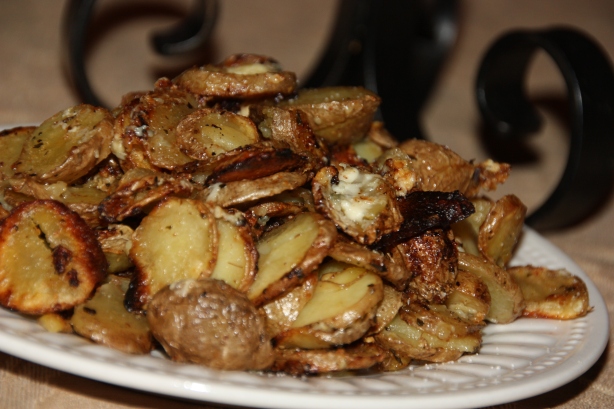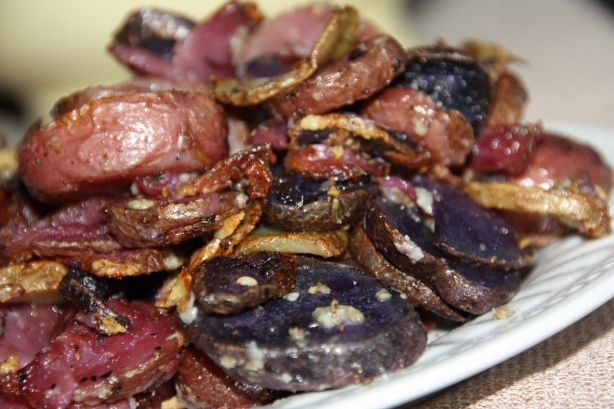As featured on the National Dairy Council The Dairy Report.
Posted By David Grotto On December 8, 2014 @ 8:27 am In Nutrition and Science | No Comments
Ever since I was a kid, I refused to limit my love affair for cereal and milk to only the breakfast occasion. This combo proved a simple and delicious after-school or before-bedtime snack that I didn’t have to bother mom and dad to “make”– especially considering my limited culinary prowess as a kid. The recipe ingredient simplicity of bowl [1], cereal [2], milk and spoon was culinary genius! Maybe, if I felt really adventurous, I’d add on a banana or other fruit topping… maybe.
The food pairing of cereal and milk was something my parents intuitively felt really good about — having a hunch that the combined nutrition merits were very special. As both a parent and a registered dietitian, I’m thrilled to confirm that my parents’ hunch was spot on. The marriage of cereal and milk* is not only a tasty combination that has been appealing to kids and adults alike for over a century, but it is truly an ideal breakfast when combined with a serving of fruit, snack or any occasion-pairing based on its nutrition, health benefits and convenience.1,2 [3]
[3]
The milk and cereal [4] duo delivers important nutrients that kids and adults otherwise might miss out on if they skipped breakfast altogether or picked a less nutritious choice.1,3,4 That’s a smart thing to do as it turns out that when it comes to breakfast foods, the cereal and milk combo is a one of the best choices in supplying up to 10 important nutrients for the amount of calories they provide.1,3
Plus, milk and cereal is one of the best combos in providing shortfall “nutrients of concern:”Many cereal and milk combos provide calcium, potassium, vitamin D and fiber.1 This can help populations such as children, adolescent girls, women and older adults who are at risk of not meeting their calcium needs based on their current intake.3 In addition to getting essential calcium, potassium and vitamin D from milk, some cereals are also fortified with these key nutrients to help meet this need. In fact, regularly eating cereals at breakfast can help provide adequate nutrient consumption.3,5
And the best part is that cereal and milk is an option available to many. It’s a good value and an affordable choice compared to many other popular breakfast options.1
Lastly, cereal and milk are great on-the-go partners for portability, nutrition and deliciousness! TASTE, not nutrition, is the number one reason why people purchase the food they do.6 Because cereal comes in a variety of flavors and textures, cereal and milk can be a perfect solution for making good nutrition delicious and do-able!
Here’s some tasty tips that just might fuel right for you!
- Grab single-serve cartons of cereal and low-fat or fat-free milk from the convenience store on your way to the kid’s game or as a healthy snack between errands.
- Refrigerate shelf-stable milk cartons and pack it along with single serve bowls of ready-to-eat cereals (RTEC) or RTEC pouches for kids’ lunches.
- Use milk instead of water to boost the nutrition of your favorite hot cereal.
- Add in fruit such as mixed berries, mandarin oranges or sliced mango. Fruit can offer additional vital nutrients such as potassium, fiber, vitamin C and folate.
- Top with nuts for added fiber and healthy fats.
- Be adventurous. Can’t decide between two different cereals? Play master chef and combine the two, three or more cereals for a new taste sensation. Don’t forget to pour on low-fat or fat-free flavored milk to provide even more flavor versatility!
*Choose low-fat or fat-free varieties first.
David Grotto, MS, RD, LDN is the author of The Best Things You Can Eat and also the Senior Nutrition Marketing Business Partner for the Specialty Channels division of the Kellogg Company. The opinions expressed in this blog post are those of David’s and not necessarily that of the Kellogg Company.
- Cereal: The Complete Story. Available here [5]. Accessed October 1, 2014.
- Kellogg’s: A Historical Overview. Available here [6]. Accessed October 2, 2014.
- Williams, PG. The benefits of breakfast cereal consumption: a systematic review of the evidence base. Advances in Nutrition. 2014;5(5):636S-73S.
- O’Neil CE, Keast DR, Fulgoni VL, Nicklas TA. Food Sources of Energy and Nutrients among Adults in the US: NHANES 2003–2006. Nutrients. 2012; 4(12):2097-2120.
- Song, WO, OK Chun, J Kerver, S Cho, CE Chung, S Chung. Ready-to-Eat Breakfast Cereal Consumption Enhances Milk and Calcium Intake in the US Population. J Am Diet Assoc. 2006;106:1783–1789.
- International Food Information Council: 2014 Food and health Survey. Available here [7]. Accessed October 30, 2014.












